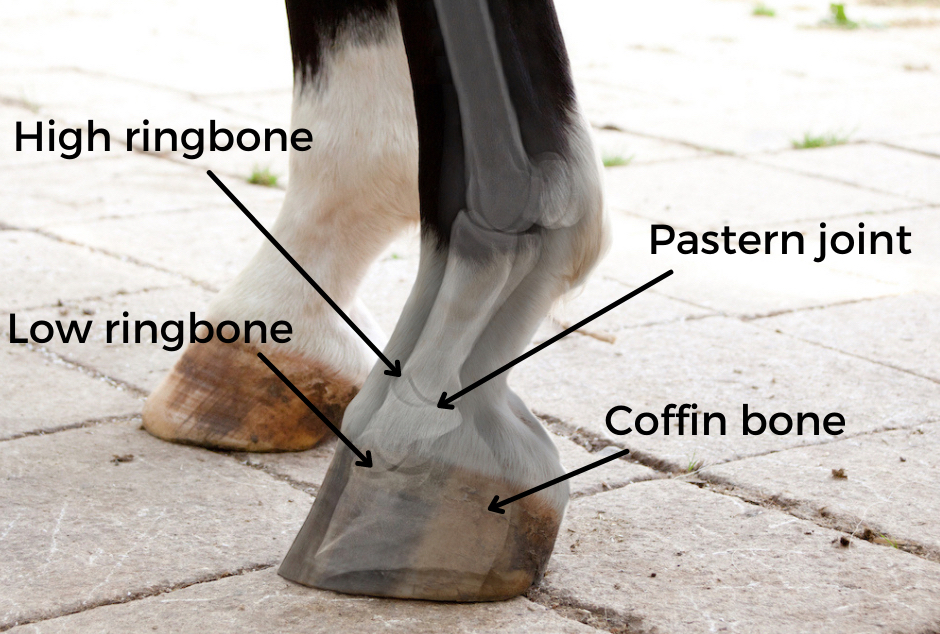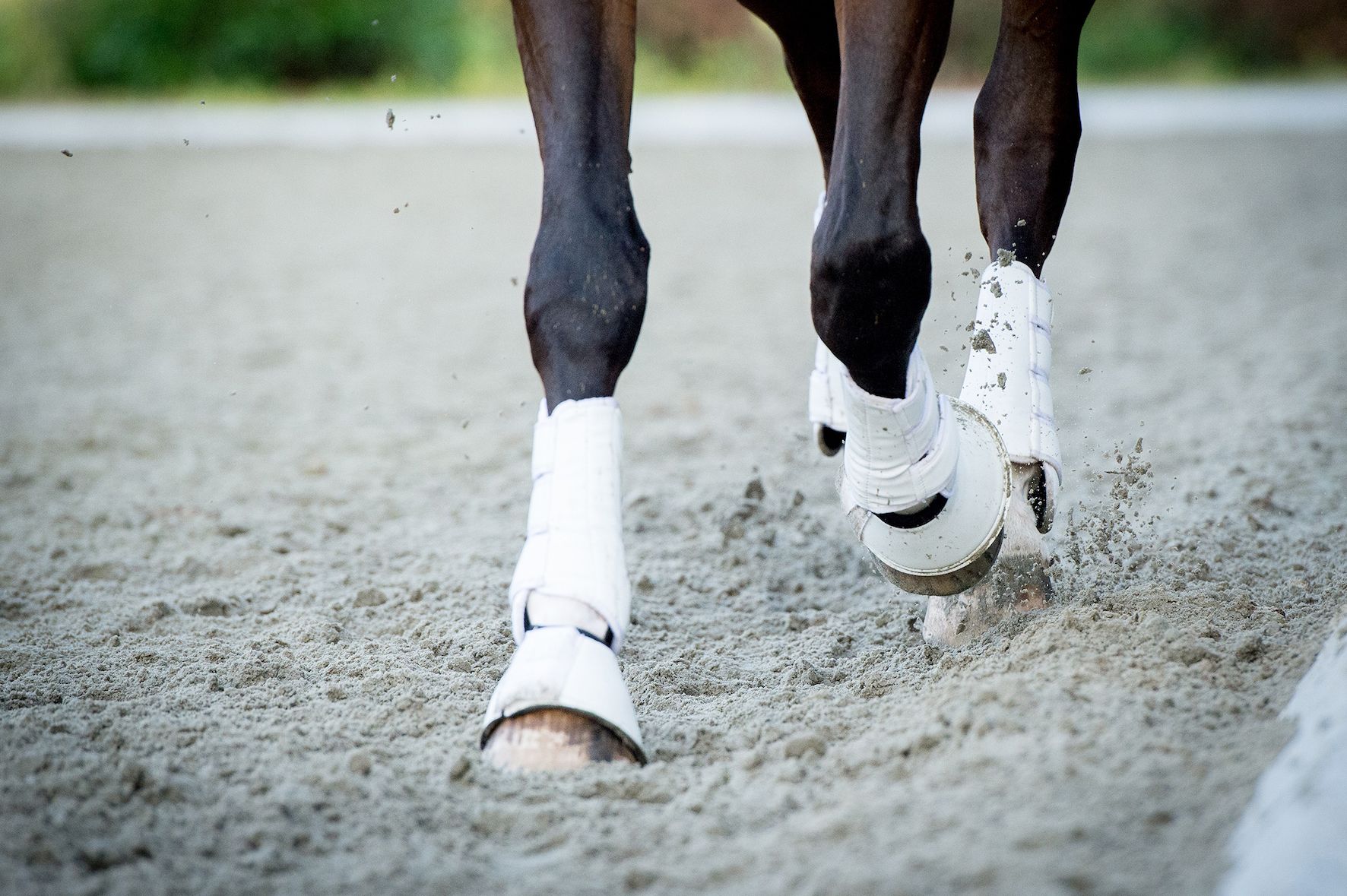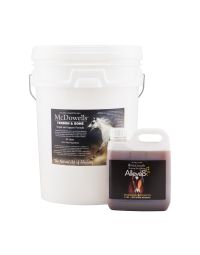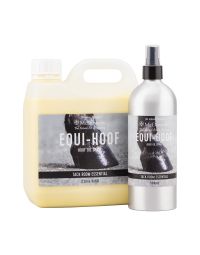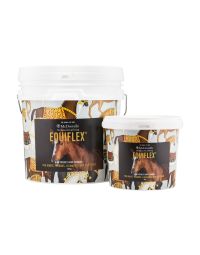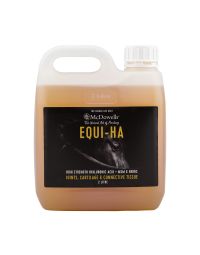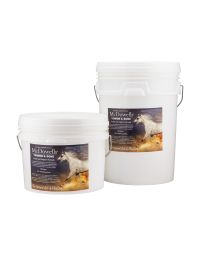Ringbone is one of several degenerative conditions that can affect the lower limbs of horses, often linked to poor conformation, repetitive stress, or imbalances in the body’s mineral supply, particularly an excess of calcium relative to other co-factors like magnesium, silica, and phosphorus.
This condition refers to the development of bony growth or scarring around the pastern or coffin joint, usually as a response to joint strain, bruising, or unresolved inflammation. Over time, the affected tissue lays down a ring of bone in an attempt to stabilise the area - a natural process, but one that can compromise soundness and cause discomfort if not supported properly.
While some may view ringbone as untreatable, at McDowells, we believe that nature provides many tools to help the body restore itself - when given the right support.
Understanding the deeper causes of ringbone
The lower limb of the horse is a finely tuned structure, built for movement but vulnerable to stress and impact. Even a relatively minor jarring or torsional injury can result in bone bruising and soft tissue inflammation, which can be very slow to heal. In many cases, degenerative changes arise simply because the affected tissues don’t receive adequate blood flow or nutritional support to recover fully.
When this happens repeatedly - especially in horses under physical or conformational stress - the body may attempt to repair itself by laying down additional bone, creating the visible ring associated with ringbone.
Conventional veterinary approaches often manage symptoms with pain relief and joint injections, which can help in the short term but may not address the underlying causes of degeneration or support the body’s natural healing response.
A herbal perspective on bone and joint healing
Herbal medicine has long recognised the need to both nourish connective tissue and stimulate circulation and regeneration at the site of injury. In the case of ringbone, we focus on a combination of herbs that:
- Promote healthy bone metabolism
- Reduce inflammation and scar formation
- Improve blood flow to the affected area
- Encourage the body’s innate repair mechanisms
Key herbs we use in our formulations
Arnica – One of the most well-known herbs in natural medicine for reducing bruising and promoting circulation. Applied topically, arnica helps move stagnation and stimulate restorative blood flow to injury sites - whether soft tissue, joint, or bone.
Comfrey (Symphytum) – Known historically as “knit bone," comfrey contains allantoin, a compound shown to stimulate fibroblast and osteoblast activity - cells essential to the repair of connective tissue and bone.
Elecampane (Inula helenium) – Traditionally used for lung and lymphatic health, Elecampane also supports tissue regeneration and has shown value in supporting bone and ligament repair.
Yarrow, kelp, linseed, and millet – These herbs and seeds are chosen for their roles in providing essential nutrients and minerals such as silica, iodine, and healthy fats that support tissue elasticity, joint hydration, and bone density.
Our approach at McDowells
We’ve formulated the Tendon and Bone Repair blend using Elecampane, Equisetum (horsetail), Yarrow, and other traditional herbs to support the repair of damaged connective tissue and help discourage excessive bone growth, such as that seen in ringbone. This formula is designed to work synergistically with ground linseed, millet, and kelp, offering a well-rounded profile of nutrients and herbal support.
We recommend combining internal herbal therapy with topical applications such as oil-based compresses or poultices made with comfrey and arnica, which can be gently massaged into the affected area or held in place with a wrap.
Simple poultices using fresh comfrey leaves mixed with linseed oil and a touch of arnica cream can provide noticeable relief and visible improvement within weeks when used consistently.
Prevention and long-term support
Horses from lines predisposed to joint or ligament issues can also benefit from early support. A short course of herbal support post-weaning and again during their early training years may help fortify bone density and connective tissue integrity, potentially reducing the risk of future breakdown.
Just because a condition is labelled “degenerative” does not mean there is no room for recovery or improvement. With consistent support, we’ve seen horses maintain comfort and function well beyond what was originally expected.
Need Help Creating a diet for your horse that addresses these (and other) issues?
Every horse is different. If your horse has been diagnosed with ringbone, is recovering from a joint injury, or you’d simply like to explore natural options for bone and tendon support, we’re here for you. Our team offers free consultations to help tailor a program based on your horse’s history, temperament, and current needs. Let us help you bring them back into balance - naturally.
